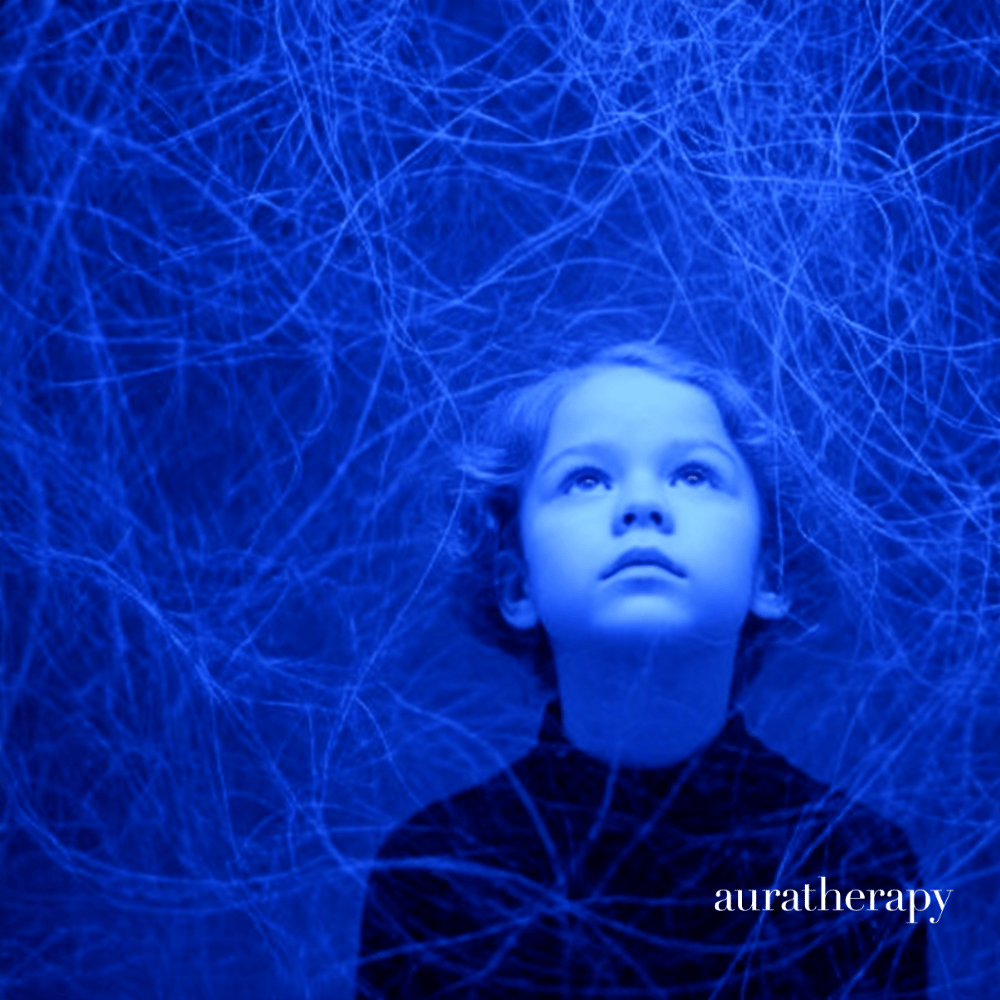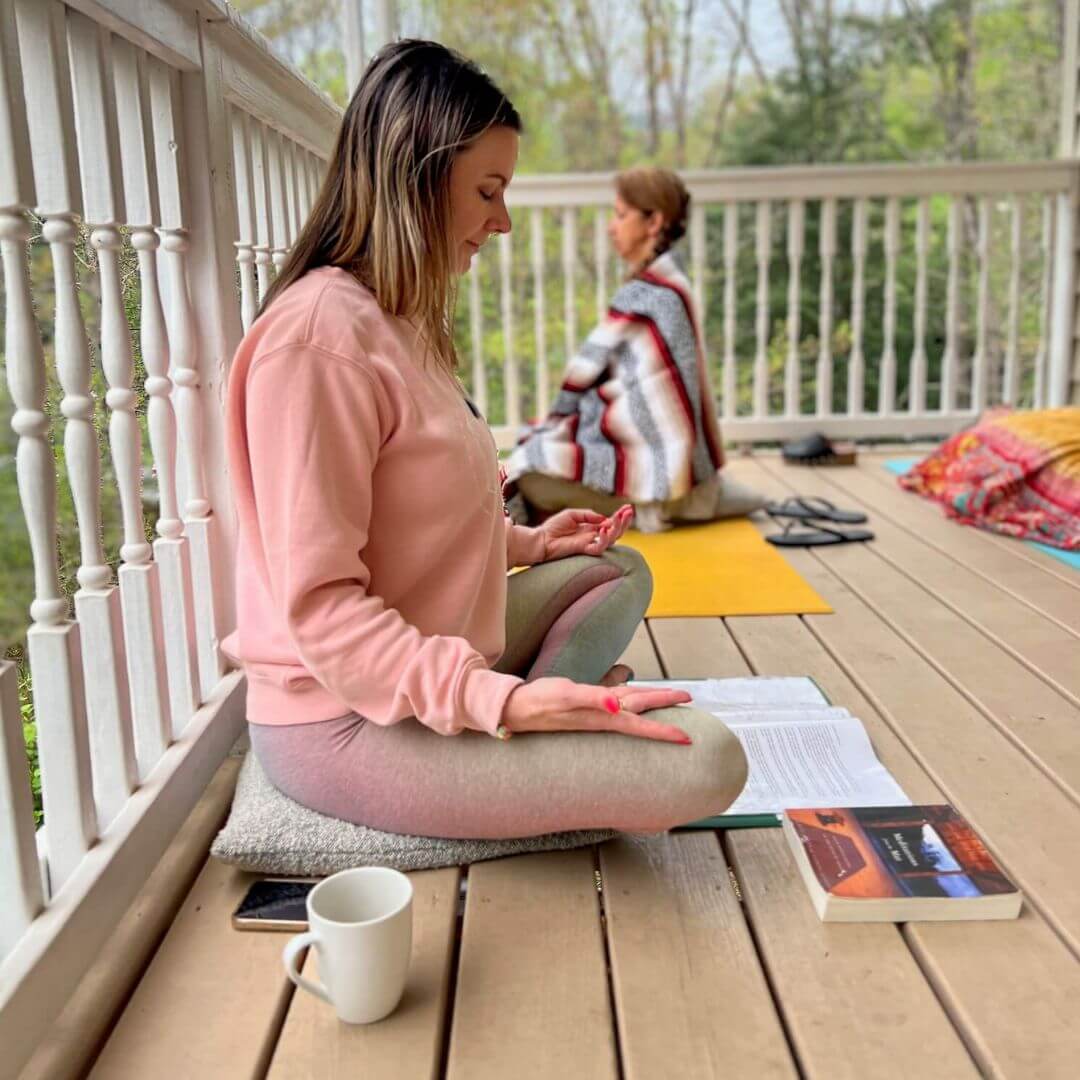Parenting an Indigo Child Without Losing Your Mind (or Their Magic)

It starts with a meltdown over socks.
Not itchy socks. Not the wrong color. Just... socks that feel “wrong.”
You’re running ten minutes late for school. Your coffee’s gone cold. Your child is crying because the texture of their pants feels like "static," and the classroom “smells like fear.” And somehow, you’re supposed to convince them that everything’s fine—when you’re not even sure yourself.
Sound familiar?
You might not be raising a difficult child. You might be raising an Indigo.
And that changes everything.
What Is an Indigo Child?
Indigo Children are spiritually gifted, emotionally intense, wildly intuitive souls who come into the world with a purpose—and a very low tolerance for the structures that suppress it.
Coined in the 1970s by psychic Nancy Ann Tappe, the term refers to children with indigo-colored auras—symbols of intuition, truth-telling, and transformation. These are the kids who cry at injustice, ask mystical questions at age four, and simply refuse to follow rules “just because.”
Common traits of Indigo Children:
-
Fiercely independent
-
Sensitive to energy, noise, light, scent, emotion
-
Drawn to animals, crystals, nature, dreams, and spirituality
-
Prone to anxiety, overwhelm, and sleep struggles
-
Highly empathic—they feel what others are feeling
-
Often described as “too much,” “too intense,” or “too emotional”
They don’t just walk through the world. They absorb it.
Spoiler Alert: You’re Probably Indigo Too
This might be why parenting them feels so intense. Your child’s hypersensitivity mirrors your own unhealed wounds. Their rage against conformity echoes the rebellion you were shamed into silencing. Their refusal to “just be normal” may be calling your inner Indigo back to life.
This is what we explore in Healing the Inner Indigo. Because to parent these extraordinary children, you have to heal the part of yourself that was never fully parented.
How Indigo Children Challenge Traditional Parenting
Let’s just say sticker charts and screen time threats don’t exactly work.
That’s because Indigo Children don’t respond to control—they respond to connection. They’re not misbehaving. They’re trying to communicate something they can’t yet explain. And their tantrums? They’re often psychic or sensory overload.
What doesn’t work:
-
Harsh discipline
-
“Because I said so” logic
-
Forced compliance
-
Ignoring emotional responses
-
Over-scheduling or high-stimulus environments
What does work:
-
Energetic boundaries and regulation
-
Calm, honest communication
-
Safe spaces for emotion
-
Grounding routines and sacred rituals
-
Tools for energetic hygiene (breathwork, scent, visualization)
Developmental Stages of an Indigo Child
Baby–Toddler (0–4):
-
Highly sensitive sleepers
-
Prone to sensory overload
-
Emotionally fused with caregivers
-
Early signs of knowing or intuition
Middle Childhood (5–11):
-
Questions everything—often philosophical
-
Resistance to routine and authority
-
Needs control over clothing, food, environment
-
May feel out of place at school or in social groups
Adolescence (12–17):
-
Seeks identity through nonconformity
-
May explore mysticism, crystals, tarot, astrology
-
Can swing between deep creativity and emotional withdrawal
-
Struggles with peer pressure and emotional intensity
Young Adulthood (18–25):
-
Struggles to find direction in traditional roles
-
Prone to burnout, disillusionment, and anxiety
-
Finds meaning in healing, art, activism, or spiritual work
Teaching Your Indigo Child to Thrive
It’s not about fixing them—it’s about supporting their energetic ecosystem.
1. Teach Grounding
Indigos often live in their heads or “float” energetically. Help them anchor.
-
Walk barefoot
-
Garden or play in dirt
-
Use Root Chakra oils like vetiver or patchouli
-
Practice breathing into their Chakras
2. Protect Their Heart Chakra
They feel everything. Without protection, they become emotionally flooded.
-
Use visualizations: “bubble of light,” “energy shield,” or “mirror cloak”
-
Practice daily energetic clearing rituals (with aura sprays or breath)
-
Let them rest after social interaction or school
3. Help Them Understand Their Gifts
Normalize intuition, emotional depth, and energetic sensitivity.
-
Talk about empathy, dreams, energy, and “gut feelings”
-
Give them vocabulary to describe sensations
-
Validate their experiences—even if they sound “woo woo”
4. Support Their Clairs
Many Indigo Children show early signs of clairvoyance (seeing), clairaudience (hearing), clairsentience (feeling), or claircognizance (knowing). Teach them about their third eye.
Encourage them without labeling them “weird.” This is their language.
Aromatherapy: A Powerful Support Tool
Scent = energy medicine. Indigo Children respond beautifully to essential oils because scent works instantly and non-verbally.
Try:
-
Clear Away Aura Spray: Use before and after school to clear residual energy
-
Serene Aura Spray: For sleep, anxiety, and sensory overload
-
Chakra 6 I Third Eye Clarity Roll On Perfume Oil: For emotional regulation and intuition
-
Cedarwood & Sandalwood: For grounding and support
Let them choose their “daily oil.” This gives them agency and builds self-awareness.
We dive deeper into scent and rituals in Aromatherapy for Indigo Children.
You Are the Mirror
Your nervous system becomes their map. If you want calm, practice it. If you want emotional honesty, model it. Your Indigo Child doesn’t need perfection. They need presence.
And when you start seeing their wildness, their weirdness, their wisdom as gifts—something amazing happens:
They believe it too.
Final Thought: You’re Not Just Parenting—You’re Leading a Revolution
Indigo Children are not easy—but they’re essential.
They’re here to rebuild the world with empathy, intuition, and integrity. And they chose you to walk with them.
So next time you’re navigating a sock crisis, take a breath. Spritz the aura spray. Remember: your child isn’t breaking down. They’re breaking open.
And you’re the perfect parent for the job.
Explore More






